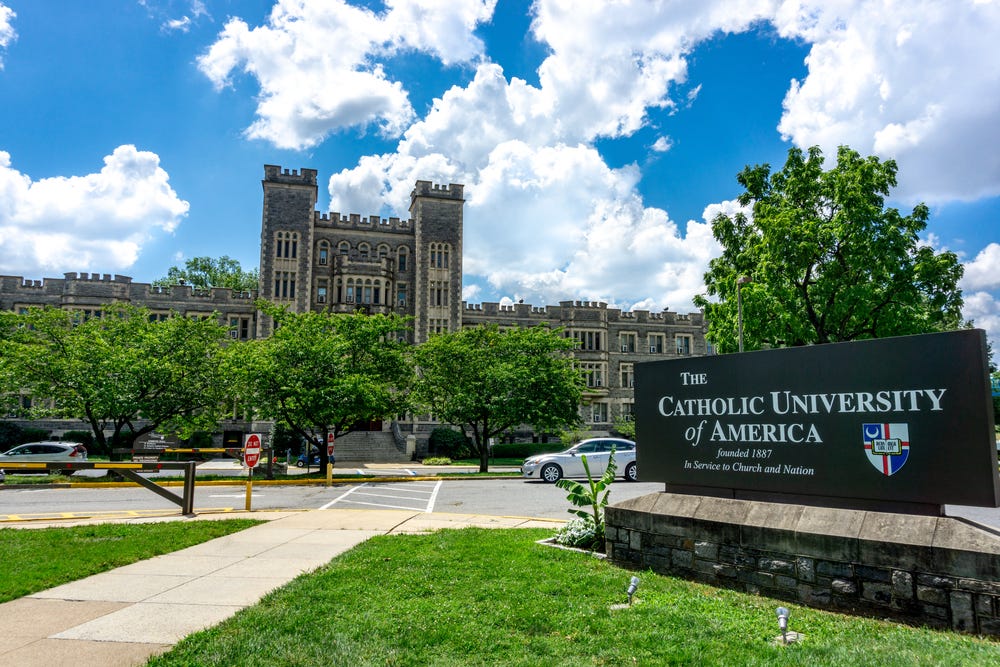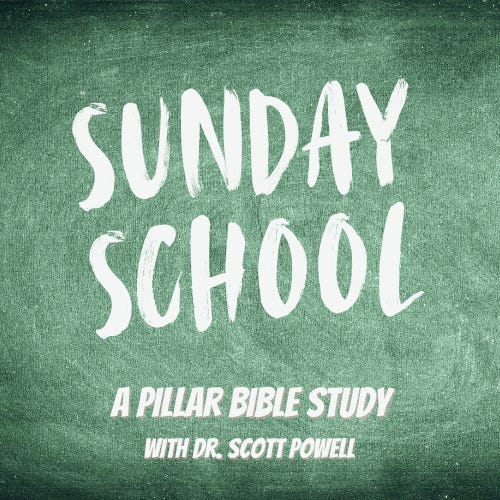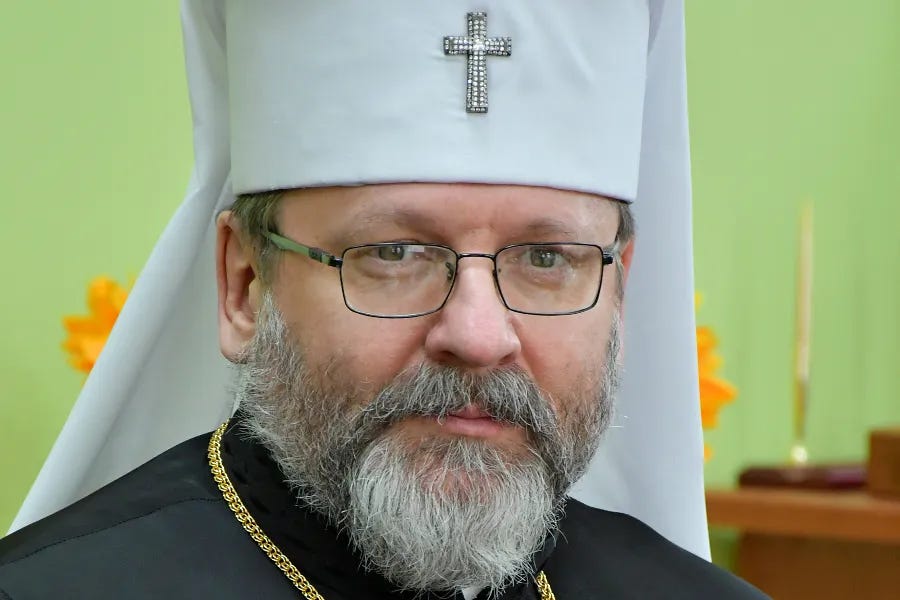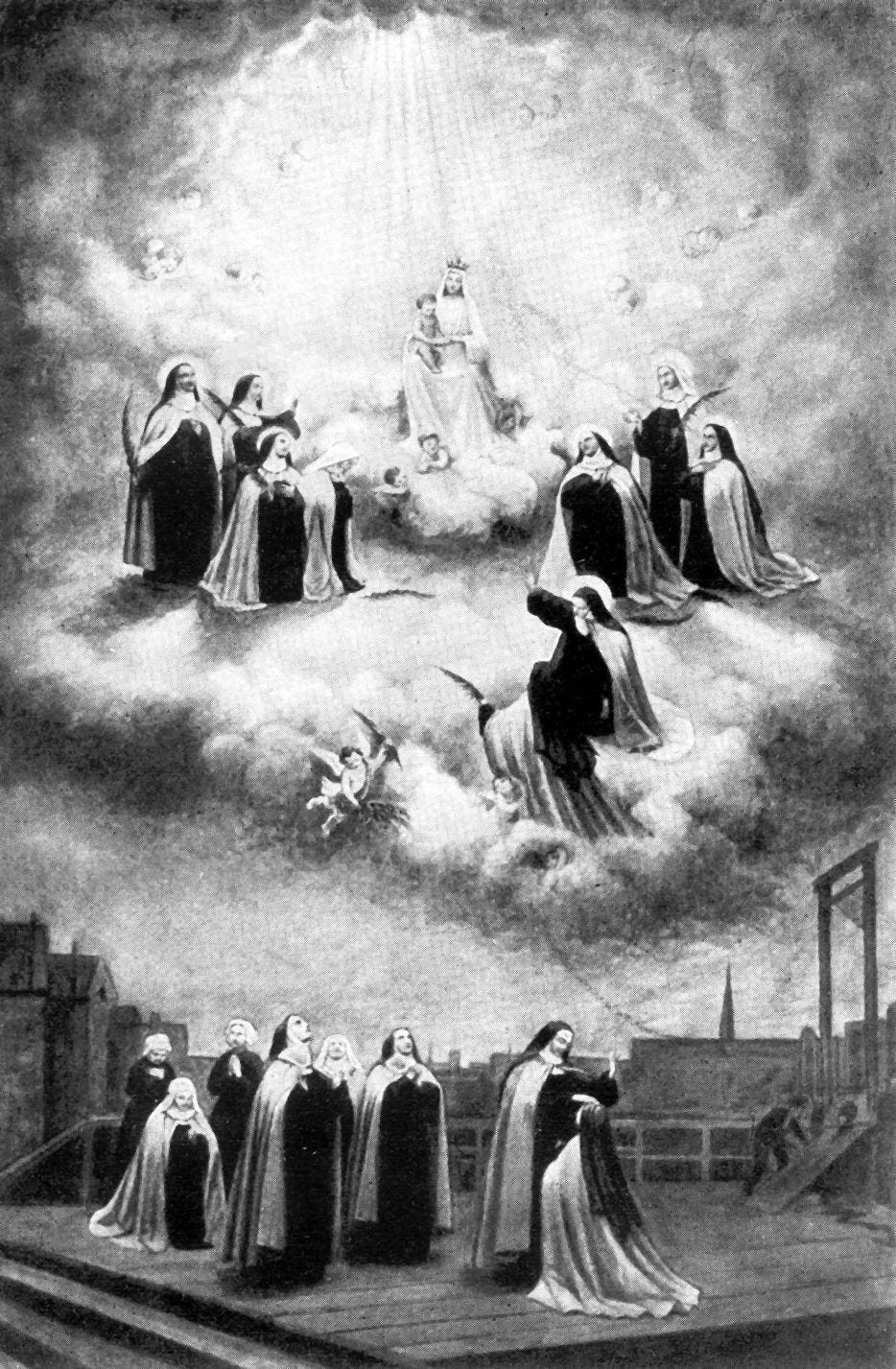Most of the 221 Catholic colleges and universities in America are small campuses with regional footprints, whose names are mostly unfamiliar outside their regions, unless they have a tendency to play deep into the March Madness tournament each year.
But mention some Catholic colleges and universities, and the very name can conjure up an ethos, a culture, or an identity.
Georgetown. Christendom. Notre Dame. Steubenville.
Revere ‘em or revile ‘em, each of those places calls to mind an entire Catholic ecosystem — a tribe of characters with a definite place in the life of the Church.
Now call to mind, if you can, what The Catholic University of America means in the Church’s life, or where it fits. That’s not as easy.
If you think about Catholic U, you might think about the National Shrine of the Basilica of the Immaculate Conception. It’s next door, though, and not actually the same institution. Or you might think about Fr. Charles Curran, the CUA moral theologian who led a movement of dissent among American theologians, before he was fired by the university in the 1980s.
Neither Curran nor the basilica captures wholly the identity of The Catholic University. It is hard to identify the zeitgeist of the place, in part because it is not the project of a religious institute with its own definitive character, and in part because it is the bishops’ university — officially chartered as a Catholic university for the nation, and under a structure which entrusts its leadership to a complex board setup, at the center of which are the cardinals who are also American diocesan bishops.
It really is the bishops’ university. Were they unified in mind, and vision, and purpose, the university might have an easily described identity corresponding to that unity. But they are not. And in the history of the Catholic Church in the United States, bishops have never been especially unified. Their university has been in the messy middle — a veritable minefield of competing interests, competing claims of authority, and competing notions of Catholic identity.
It is hard to be the president of The Catholic University of America — instead of one boss, the CUA president has some theoretical obligation, at least, to every mitered and croziered cleric in the country, each of whom wants the university to be something slightly different. And among the men who comprise the U.S. contingent of the College of Cardinals, those differences are even more pronounced.
Being a university president is largely about setting the culture of an institution — becoming, in a certain way, an embodied figure of that culture. Part of that job is deciding how the university will respond to the culture wars raging in American academia — to the ongoing fights about curriculum, ideology, and truth itself, expressed in both classroom instruction and campus life.
The challenge for CUA’s president is that the university’s constituents — namely the bishops and the American Catholics they lead — have dramatically divergent perspectives on how those things should be addressed, which makes it hard for a president to take a definitive stand and expect to be backed up.
When outgoing president John Garvey was hired in 2011, he took flack from left and right in often-equal measure, with both sides convinced that his tenure would spell the demise of the university — or at least, the demise of what they hoped it would be.
And Garvey kept taking flack: When he announced a changeover to single-sex dorms, when he tried to thread the needle in a divide over Fr. James Martin, and when the university got pressure from student interest groups, of both the LGBT and Latin Mass persuasion.
A search for the next president of CUA — which began last week, when Garvey announced his retirement — is already seen in some circles as a chance for one side or another in the Church’s culture wars to claim the university’s identity — to exert influence over a center of intellectual life and formation in the Church, and one which carries the officialdom of CUA.
But the next president will take office at a far more polarized moment than Garvey did in 2011 — while academic culture wars are more intense, and division among U.S. Catholic bishops is more public, and more pronounced.
There will be some initial jockeying among bishops to nominate and suggest candidates representing their polarized views, but the search committee at CUA might find the real challenge is finding candidates eager for the scrutiny and headache that comes with the gig.
A number of potential candidates will be deterred from the job precisely because of the demanding mission of CUA: to be, in some way, all things to all bishops, and to become a kind of blank sheet, upon which Catholics of all stripes can impose as an expectation their ideal of the perfect Catholic university. Many competent fundraisers and administrators may decide they prefer to be at a place which knows, from top to bottom, what it is about — and they may not see that self-knowledge at CUA.
University officials have told The Pillar there has been chatter about the possibility of appointing an auxiliary bishop to the role, to give it gravitas. That move is not uncommon at similar institutions globally, but would be unusual in the U.S. It is unlikely, though, given that American Church leaders are generally reticent to see auxiliaries appointed to positions of national leadership. In fact, amid a moment of criticism over “clericalism,” it seems unlikely a cleric of any kind will get the job.
There will be no shortage of lay applicants to the position, but the background and pedigree of each will be scrutinized, and candidates seen as being too tribal will likely be excluded.
In the din of competing expectations and pronounced scrutiny, the search committee will likely look for the safest choice: the successful candidate will be the one who can sell a promise of harmony or balance, and at the same time, raise money. The committee might find themselves choosing a candidate sufficiently inoffensive for all parties — even if not especially exciting to any.
The next president will make pains to be seen with both conservative and liberal bishops, and invite them to help shape the university. Personal biography, not theological outlook, will be emphasized. And if, by the time the next school year begins, no one is quite sure what the next president actually stands for, they might prove a perfect match for the bishops’ university.





